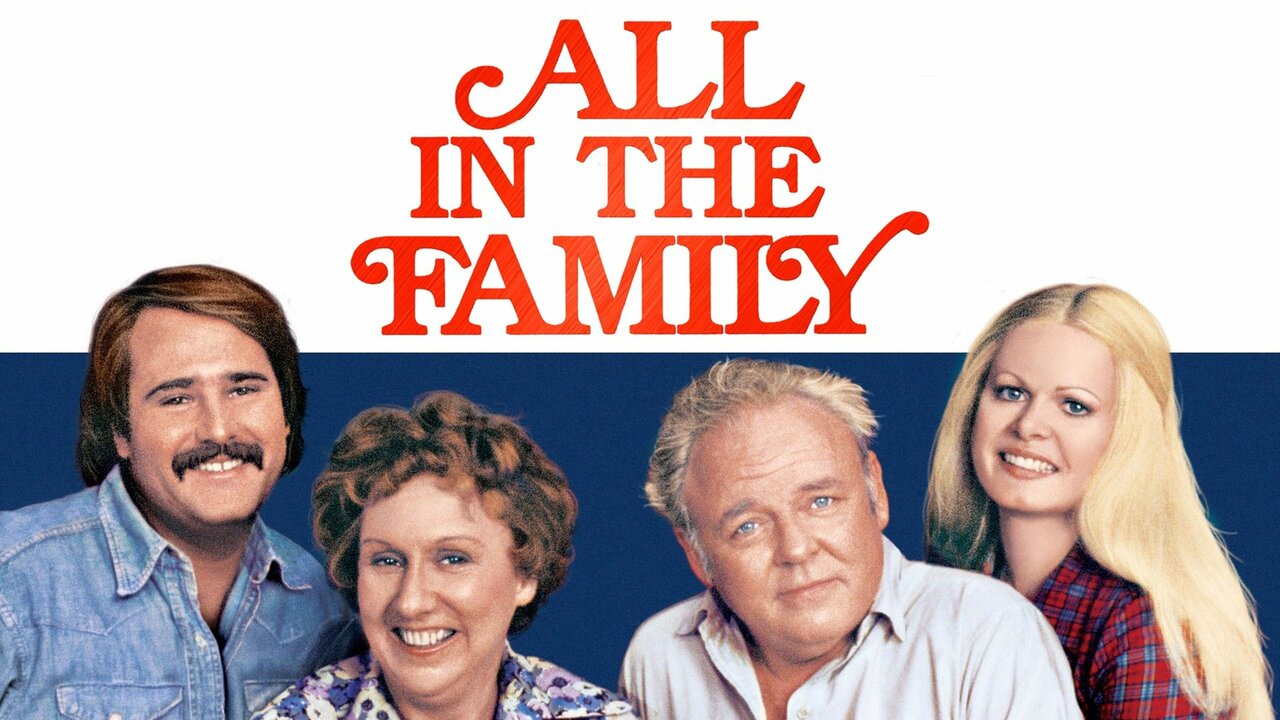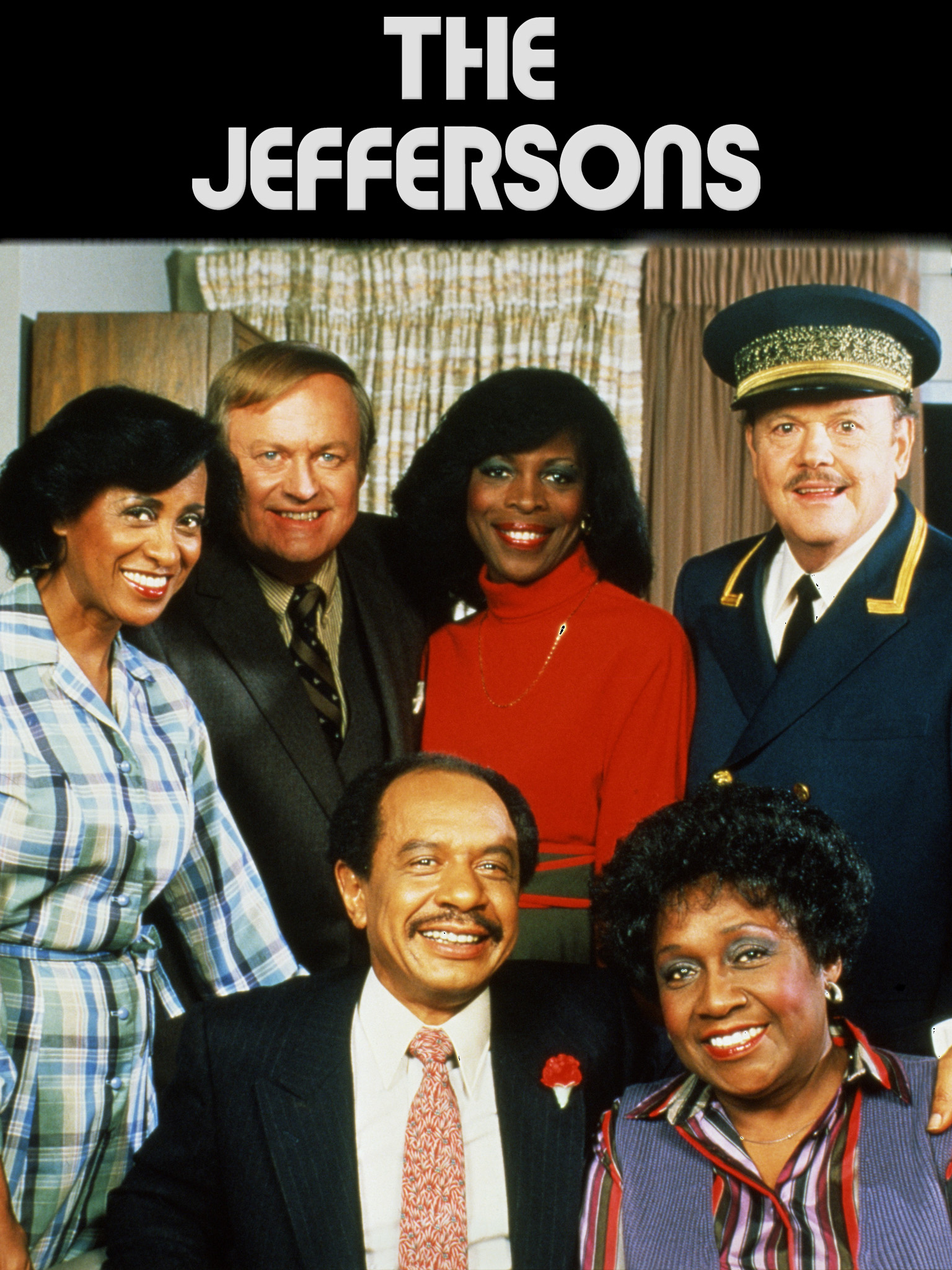Family Norms TV Portrayed in the 1970's
The family patterns depicted on television throughout the 1970s highlighted the decade's views of various aspects of society. During the 1970s there were several television programs that reflected the nation's changing social dynamics, attitudes, and cultural trends.
In the 1970s, numerous television programs continued to portray traditional gender roles in homes, even in the face of a growing women's liberation movement. Female characters were often homemakers, whereas male characters were typically the ones making the money. Programs such as "The Partridge Family" and "The Brady Bunch" displayed these norms.

The 70s saw continuing promotion of the idea of the nuclear family, which is normally made up of a mother, a father, and their children. Television shows such as "Little House on the Prairie" highlighted the significance of strong familial bonds and values.
During this time, television programs started talking more candidly about social concerns. "All in the Family" addressed issues such as women's freedom and racism, questioning conventional wisdom and igniting significant debates among viewers.

Divorce and the change in social norms contributed to a rise in single-parent families in the 1970s. Television programs during this time showed individuals managing their lives as single parents, mirroring the changing dynamics of family units.
Throughout this decade, alternative lifestyles started to show themselves on television. By showcasing two divorced men living together, "The Odd Couple" questioned the conventional family structure.
As the number of divorces increased, blended families developed. "The Brady Bunch" promoted the notion of unity in non-traditional family groups by illustrating the difficulties and rewards of uniting two families into one.
The way that different races were shown on television underwent a significant change in the 1970s. The African American families that starred in "Good Times" and "The Jeffersons" gave viewers a more realistic picture of American culture outside of the white-only television shows that were displayed before this time.

In the 1970s, television was significantly influenced by the 1960s counterculture movement. Television programs that showcased the lives of youthful, rebellious individuals who broke traditional standards become more commonplace within the industry.
As the decade went on, self-expression and individuality became more and more important and apparent in society. The characters in television programs during this time wanted to advance their jobs and develop themselves personally, reflecting the changing goals of people at the time.
Television in the 1970s reflected the changing attitudes and conventions of the time. It portrayed a wide range of household standards, from conventional to nontraditional, and offered an opportunity for talking on gender roles, family dynamics, and social change.
These portrayals helped shape and influence the cultural landscape of the time, setting the stage for further transformations in the decades to come.
References
Comments
Post a Comment